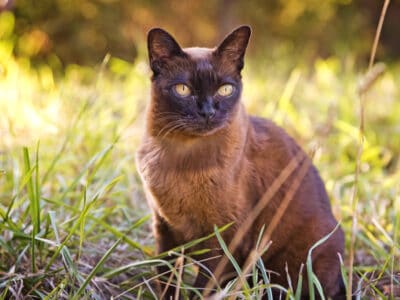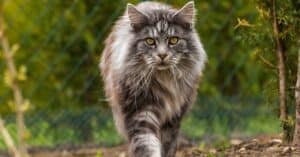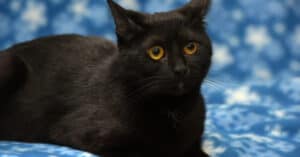Toxic Plants For Cats
@media (min-width: 481px) {
.mobile-top-content {
display: none;
}
}
#mobileTopContentCTACarouselControls { overflow: hidden; text-overflow: ellipsis; white-space: nowrap; }
.mobile-top-content .more { color: #fff; }
.mobile-top-content a { color: #fff; text-decoration: underline; }
.mobile-top-content a:hover { color: #fff; text-decoration: underline; }
@media (max-width: 480px) {
.mobile-top-content {
background-color: #06a10b;
color: #fff;
text-align: center;
/*height: 60px;
padding-top:5px;*/
font-size:80%;
/* display: block; */
margin: 0px -30px;
}
}
Our kitties are one of our most loved and treasured family members but did you know that more than 700 of the common plants that we fill our houses and gardens with actually contain substances which can be highly toxic to cats, some even having fatal consequences.
Sometimes it is the whole plant that can be poisonous, where as with others it is just one part (such as the bark, leaves, pollen, stem or the plant’s roots). Here is a list of the top ten houseplants which can be extremely harmful to our moggies and should be avoided.
Top Ten Most Deadly Plants For Cats
Tiger Lillies are thought to be the most poisonous plants for cats, with the whole plant being toxic and causing vomiting, lethargy and loss of appetite if ingested. If left untreated, the poisoning can cause fatal kidney failure within 24 to 72 hours.
button.pulse {
transform: scale(1); animation: pulse 2s infinite;
box-shadow: 0 0 0 0 rgba(11, 247, 25, 1);
}
@keyframes pulse {
0% { transform: scale(0.90); box-shadow: 0 0 0 0 rgba(11, 247, 25, 0.5); }
60% { transform: scale(1); box-shadow: 0 0 0 15px rgba(11, 247, 25, 0); }
100% { transform: scale(0.90); box-shadow: 0 0 0 0 rgba(11, 247, 25, 0); }
}
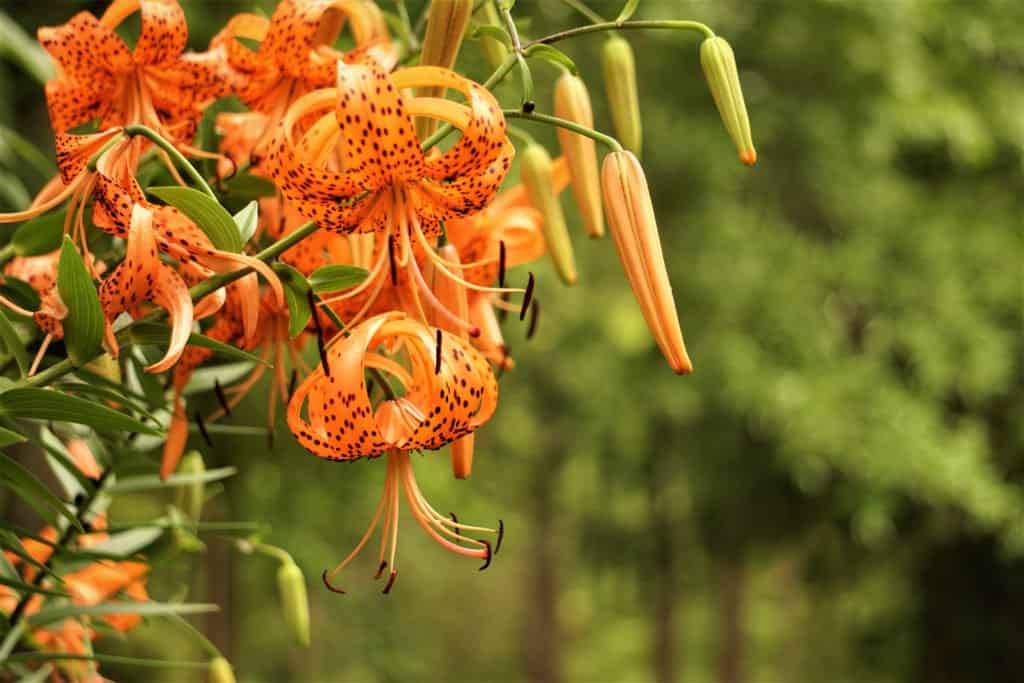
Ancha Chiangmai/Shutterstock.com
The Potato Family includes plants such as potatoes, tomatoes, peppers and chillies all of which contain a toxic substance called Glycoalkanoid Solamine which can be poisonous to cats. The raw leaves and stems of these plants can cause aggressive lower gastrointestinal pain if eaten by your cat.
Poison Ivy and other species of Ivy, can be highly toxic to your household pet (as the name suggests). If your cat comes into contact with poison ivy, severe rashes can appear which can become really nasty if left untreated.
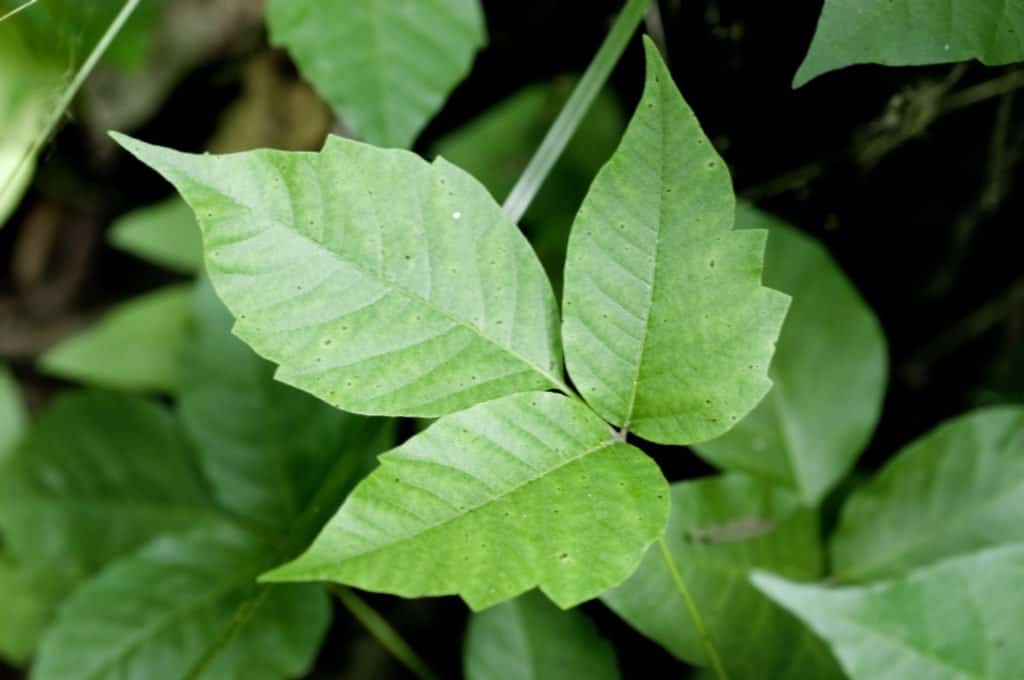
Tim Mainiero/Shutterstock.com
Mistletoe is one of the most deadly plants for cats, but it is the berries in particular that you should keep the kitty away from. Ingesting these festive white berries can cause vomiting and diarrhoea, along with blisters in the mouth and breathing problems.
Chrysanthemum is a common household plant throughout the UK but should be approached with caution as far as your four-legged friends are concerned. Simply coming into contact with chrysanthemums can cause your cat to have severe allergic reactions particularly around their nose and mouth.
Weeping Fig trees are quite tempting for cats to sleep underneath but it is the leaves that are the most toxic part. If eaten in large quantities, the weeping fig can be highly poisonous to cats often causing stomach problems.
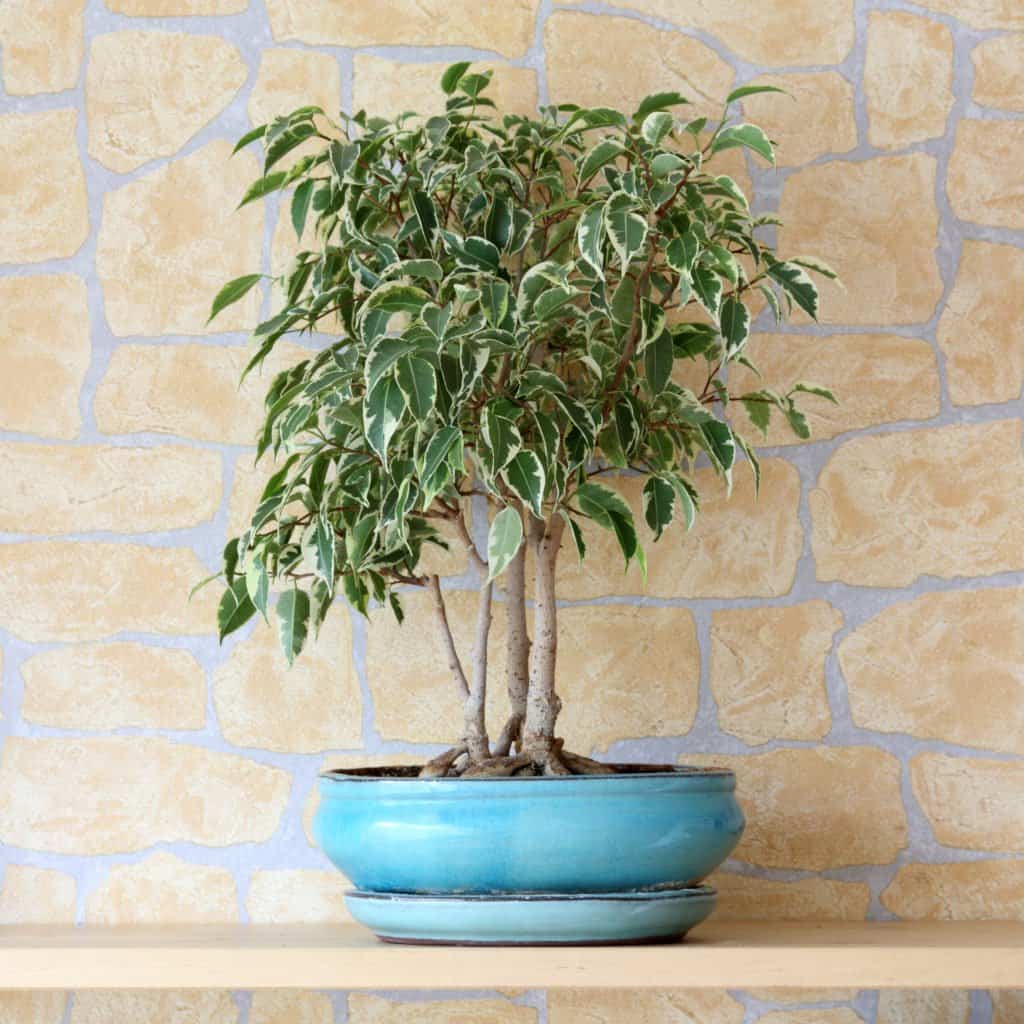
loflo69/Shutterstock.com
Azalea is a common landscape plant but both the leaves and the flowers can be poisonous to cats. If ingested, this plant can cause vomiting, diarrhoea, abdominal pains, breathing and kidney problems for your moggie.
Juniper Shrubs are one of the most well known berry plants in the country, but it is the ingestion of too many of the leaves from these plants that can lead to severe abdominal pain and upset for your cat.
Bulb Plants such as daffodils and tulips are poisonous for cats, particularly the bulbs. If ingested, bulb plants will cause vomiting and diarrhoea and have been known to have fatal consequences, and should be avoided in your back garden.
Onions are a fairly common garden vegetable but should not be allowed anywhere near your cats. The toxic substance found in the plants can cause anaemia in your cat (with garlic having a similar affect).

New Africa/Shutterstock.com
If you would like to know what other plants may be toxic to your cat, please see the full list below:
A
Alfalfa
Almond (Pits)
Aloe Vera
Alocasia
Amaryllis
Apple (seeds)
Apple Leaf Croton
Apricot (Pits)
Arrowgrass
Asparagus Fern
Autumn Crocus
Avacado (fruit and pit)
Azalea
B
Baby’s Breath
Baneberry
Bayonet
Beargrass
Beech
Belladonna
Bird of Paradise
Bittersweet
Black-eyed Susan
Black Locust
Bleeding Heart
Bloodroot
Bluebonnet
Box
Boxwood
Branching Ivy
Buckeyes
Buddist Pine
Burning Bush
Buttercup
C
Cactus, Candelabra
Caladium
Calla Lily
Castor Bean
Ceriman
Charming Dieffenbachia
Cherry (pits, seeds & wilting leaves)
Cherry, most wild varieties
Cherry, ground
Cherry, Laurel
Chinaberry
Chinese Evergreen
Christmas Rose
Chrysanthemum
Cineria
Clematis
Cordatum
Coriaria
Cornflower
Corn Plant
Cornstalk Plant
Croton
Corydalis
Crocus, Autumn
Crown of Thorns
Cuban Laurel
Cutleaf Philodendron
Cycads
Cyclamen
D
Daffodil
Daphne
Datura
Deadly Nightshade
Death Camas
Devil’s Ivy
Delphinium
Decentrea
Dieffenbachia
Dracaena Palm
Dragon Tree
Dumb Cane
E
Easter Lily
Eggplant
Elaine
Elderberry
Elephant Ear
Emerald Feather
English Ivy
Eucalyptus
Euonymus
Evergreen
F
Ferns
Fiddle-leaf fig
Florida Beauty
Flax
Four O’Clock
Foxglove
Fruit Salad Plant
G
Geranium
German Ivy
Giant Dumb Cane
Glacier IvyGolden Chain
Gold Dieffenbachia
Gold Dust Dracaena
Golden Glow
Golden Pothos
Gopher Purge
H
Hahn’s Self-Branching Ivy
Heartland Philodendron
Hellebore
Hemlock, Poison
Hemlock, Water
Henbane
Holly
Honeysuckle
Horsebeans
Horsebrush
Horse Chestnuts
Hurricane Plant
Hyacinth
Hydrangea
I
Indian Rubber Plant
Indian Tobacco
Iris
Iris Ivy
J
Jack in the Pulpit
Janet Craig Dracaena
Japanese Show Lily
Java Beans
Jessamine
Jerusalem Cherry
Jimson Weed
Jonquil
Jungle Trumpets
K
Kalanchoe
L
Lacy Tree Philodendron
Lantana
Larkspur
Laurel
Lily Spider
Lily of the Valley
Locoweed
Lupine
M
Madagascar Dragon Tree
Marble Queen
Marigold
Marijuana
Mescal Bean
Mexican Breadfruit
Miniature Croton
Mistletoe
Mock Orange
Monkshood
Moonseed
Morning Glory
Mother-in Law’s Tongue
Morning Glory
Mountain Laurel
Mushrooms
N
Narcissus
Needlepoint Ivy
Nephytis
Nightshade
O
Oleander
Onion
Oriental Lily
P
Peace Lily
Peach (pits and wilting leaves)
Pencil Cactus
Peony
Periwinkle
Philodendron
Pimpernel
Plumosa Fern
Poinciana
Poinsettia (low toxicity)
Poison Hemlock
Poison Ivy
Poison Oak
Pokeweed
Poppy
Potato
Pothos
Precatory Bean
Primrose
Privet, Common
R
Red Emerald
Red Princess
Red-Margined Dracaena
Rhododendron
Rhubarb
Ribbon Plant
Rosemary Pea
Rubber Plant
S
Saddle Leaf Philodendron
Sago Palm
Satin Pothos
Schefflera
Scotch Broom
Silver Pothos
Skunk Cabbage
Snowdrops
Snow on the Mountain
Spotted Dumb Cane
Staggerweed
Star of Bethlehem
String of Pearls
Striped Dracaena
Sweetheart Ivy
Sweetpea
Swiss Cheese plant
T
Tansy Mustard
Taro Vine
Tiger Lily
Tobacco
Tomato Plant (green fruit, stem and leaves)
Tree Philodendron
Tropic Snow Dieffenbachia
Tulip
Tung Tree
V
Virginia Creeper
W
Water Hemlock
Weeping Fig
Wild Call
Wisteria
Y
Japanese Yew
English Yew
Western Yew
American Yew
Even though there are a number of plants on this list that are found in nearly every household, don’t panic. If you can’t remove them just make sure that they are out of reach and cannot be nibbled on by your curious kitty as there is no antidote for many of them.
More from A-Z Animals
.more-snake-card-image { max-height:140px !important; }
@media (min-width: 481px) {
.mobile-top-content {
display: none;
}
}
#mobileTopContentCTACarouselControls { overflow: hidden; text-overflow: ellipsis; white-space: nowrap; }
.mobile-top-content .more { color: #fff; }
.mobile-top-content a { color: #fff; text-decoration: underline; }
.mobile-top-content a:hover { color: #fff; text-decoration: underline; }
@media (max-width: 480px) {
.mobile-top-content {
background-color: #06a10b;
color: #fff;
text-align: center;
/*height: 60px;
padding-top:5px;*/
font-size:80%;
/* display: block; */
margin: 0px -30px;
}
}
Our kitties are one of our most loved and treasured family members but did you know that more than 700 of the common plants that we fill our houses and gardens with actually contain substances which can be highly toxic to cats, some even having fatal consequences.
Sometimes it is the whole plant that can be poisonous, where as with others it is just one part (such as the bark, leaves, pollen, stem or the plant’s roots). Here is a list of the top ten houseplants which can be extremely harmful to our moggies and should be avoided.
Top Ten Most Deadly Plants For Cats
Tiger Lillies are thought to be the most poisonous plants for cats, with the whole plant being toxic and causing vomiting, lethargy and loss of appetite if ingested. If left untreated, the poisoning can cause fatal kidney failure within 24 to 72 hours.
button.pulse {
transform: scale(1); animation: pulse 2s infinite;
box-shadow: 0 0 0 0 rgba(11, 247, 25, 1);
}
@keyframes pulse {
0% { transform: scale(0.90); box-shadow: 0 0 0 0 rgba(11, 247, 25, 0.5); }
60% { transform: scale(1); box-shadow: 0 0 0 15px rgba(11, 247, 25, 0); }
100% { transform: scale(0.90); box-shadow: 0 0 0 0 rgba(11, 247, 25, 0); }
}

Ancha Chiangmai/Shutterstock.com
The Potato Family includes plants such as potatoes, tomatoes, peppers and chillies all of which contain a toxic substance called Glycoalkanoid Solamine which can be poisonous to cats. The raw leaves and stems of these plants can cause aggressive lower gastrointestinal pain if eaten by your cat.
Poison Ivy and other species of Ivy, can be highly toxic to your household pet (as the name suggests). If your cat comes into contact with poison ivy, severe rashes can appear which can become really nasty if left untreated.

Tim Mainiero/Shutterstock.com
Mistletoe is one of the most deadly plants for cats, but it is the berries in particular that you should keep the kitty away from. Ingesting these festive white berries can cause vomiting and diarrhoea, along with blisters in the mouth and breathing problems.
Chrysanthemum is a common household plant throughout the UK but should be approached with caution as far as your four-legged friends are concerned. Simply coming into contact with chrysanthemums can cause your cat to have severe allergic reactions particularly around their nose and mouth.
Weeping Fig trees are quite tempting for cats to sleep underneath but it is the leaves that are the most toxic part. If eaten in large quantities, the weeping fig can be highly poisonous to cats often causing stomach problems.

loflo69/Shutterstock.com
Azalea is a common landscape plant but both the leaves and the flowers can be poisonous to cats. If ingested, this plant can cause vomiting, diarrhoea, abdominal pains, breathing and kidney problems for your moggie.
Juniper Shrubs are one of the most well known berry plants in the country, but it is the ingestion of too many of the leaves from these plants that can lead to severe abdominal pain and upset for your cat.
Bulb Plants such as daffodils and tulips are poisonous for cats, particularly the bulbs. If ingested, bulb plants will cause vomiting and diarrhoea and have been known to have fatal consequences, and should be avoided in your back garden.
Onions are a fairly common garden vegetable but should not be allowed anywhere near your cats. The toxic substance found in the plants can cause anaemia in your cat (with garlic having a similar affect).

New Africa/Shutterstock.com
If you would like to know what other plants may be toxic to your cat, please see the full list below:
A
Alfalfa
Almond (Pits)
Aloe Vera
Alocasia
Amaryllis
Apple (seeds)
Apple Leaf Croton
Apricot (Pits)
Arrowgrass
Asparagus Fern
Autumn Crocus
Avacado (fruit and pit)
Azalea
B
Baby’s Breath
Baneberry
Bayonet
Beargrass
Beech
Belladonna
Bird of Paradise
Bittersweet
Black-eyed Susan
Black Locust
Bleeding Heart
Bloodroot
Bluebonnet
Box
Boxwood
Branching Ivy
Buckeyes
Buddist Pine
Burning Bush
Buttercup
C
Cactus, Candelabra
Caladium
Calla Lily
Castor Bean
Ceriman
Charming Dieffenbachia
Cherry (pits, seeds & wilting leaves)
Cherry, most wild varieties
Cherry, ground
Cherry, Laurel
Chinaberry
Chinese Evergreen
Christmas Rose
Chrysanthemum
Cineria
Clematis
Cordatum
Coriaria
Cornflower
Corn Plant
Cornstalk Plant
Croton
Corydalis
Crocus, Autumn
Crown of Thorns
Cuban Laurel
Cutleaf Philodendron
Cycads
Cyclamen
D
Daffodil
Daphne
Datura
Deadly Nightshade
Death Camas
Devil’s Ivy
Delphinium
Decentrea
Dieffenbachia
Dracaena Palm
Dragon Tree
Dumb Cane
E
Easter Lily
Eggplant
Elaine
Elderberry
Elephant Ear
Emerald Feather
English Ivy
Eucalyptus
Euonymus
Evergreen
F
Ferns
Fiddle-leaf fig
Florida Beauty
Flax
Four O’Clock
Foxglove
Fruit Salad Plant
G
Geranium
German Ivy
Giant Dumb Cane
Glacier IvyGolden Chain
Gold Dieffenbachia
Gold Dust Dracaena
Golden Glow
Golden Pothos
Gopher Purge
H
Hahn’s Self-Branching Ivy
Heartland Philodendron
Hellebore
Hemlock, Poison
Hemlock, Water
Henbane
Holly
Honeysuckle
Horsebeans
Horsebrush
Horse Chestnuts
Hurricane Plant
Hyacinth
Hydrangea
I
Indian Rubber Plant
Indian Tobacco
Iris
Iris Ivy
J
Jack in the Pulpit
Janet Craig Dracaena
Japanese Show Lily
Java Beans
Jessamine
Jerusalem Cherry
Jimson Weed
Jonquil
Jungle Trumpets
K
Kalanchoe
L
Lacy Tree Philodendron
Lantana
Larkspur
Laurel
Lily Spider
Lily of the Valley
Locoweed
Lupine
M
Madagascar Dragon Tree
Marble Queen
Marigold
Marijuana
Mescal Bean
Mexican Breadfruit
Miniature Croton
Mistletoe
Mock Orange
Monkshood
Moonseed
Morning Glory
Mother-in Law’s Tongue
Morning Glory
Mountain Laurel
Mushrooms
N
Narcissus
Needlepoint Ivy
Nephytis
Nightshade
O
Oleander
Onion
Oriental Lily
P
Peace Lily
Peach (pits and wilting leaves)
Pencil Cactus
Peony
Periwinkle
Philodendron
Pimpernel
Plumosa Fern
Poinciana
Poinsettia (low toxicity)
Poison Hemlock
Poison Ivy
Poison Oak
Pokeweed
Poppy
Potato
Pothos
Precatory Bean
Primrose
Privet, Common
R
Red Emerald
Red Princess
Red-Margined Dracaena
Rhododendron
Rhubarb
Ribbon Plant
Rosemary Pea
Rubber Plant
S
Saddle Leaf Philodendron
Sago Palm
Satin Pothos
Schefflera
Scotch Broom
Silver Pothos
Skunk Cabbage
Snowdrops
Snow on the Mountain
Spotted Dumb Cane
Staggerweed
Star of Bethlehem
String of Pearls
Striped Dracaena
Sweetheart Ivy
Sweetpea
Swiss Cheese plant
T
Tansy Mustard
Taro Vine
Tiger Lily
Tobacco
Tomato Plant (green fruit, stem and leaves)
Tree Philodendron
Tropic Snow Dieffenbachia
Tulip
Tung Tree
V
Virginia Creeper
W
Water Hemlock
Weeping Fig
Wild Call
Wisteria
Y
Japanese Yew
English Yew
Western Yew
American Yew
Even though there are a number of plants on this list that are found in nearly every household, don’t panic. If you can’t remove them just make sure that they are out of reach and cannot be nibbled on by your curious kitty as there is no antidote for many of them.


